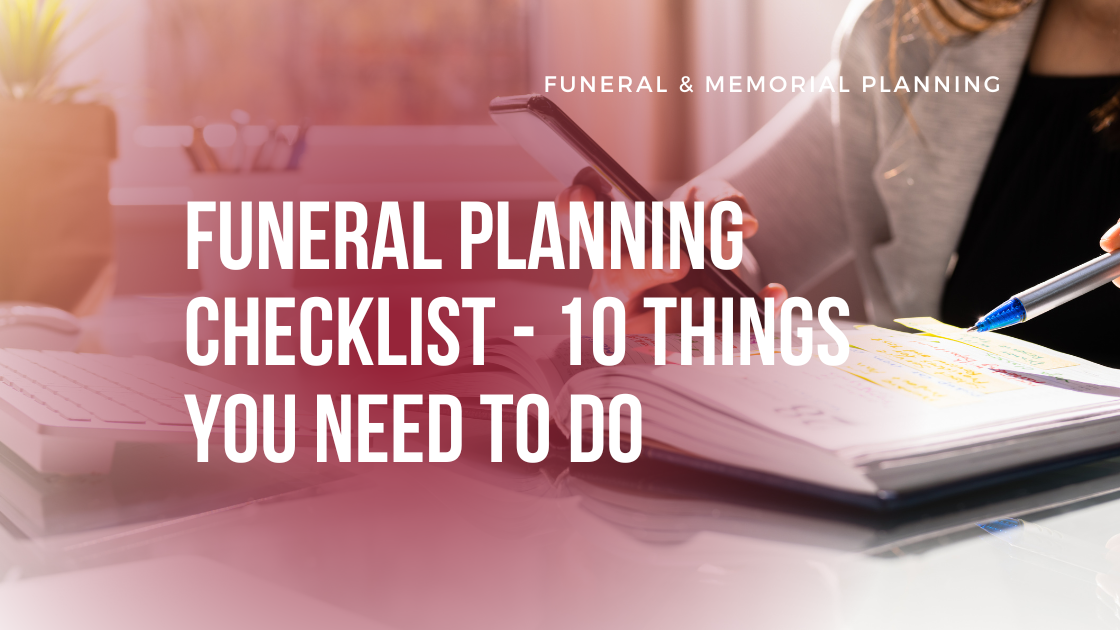Losing a loved one can be a difficult time, and the last thing anyone wants to worry about is the logistics of arranging a funeral. To help ease some of the stress and confusion that often accompanies this process, it can be helpful to have a funeral planning checklist. This can serve as a guide to ensure that all necessary arrangements are made, and nothing is overlooked.
1. Select a funeral home
Research local funeral homes and read reviews to find one that is reputable and trustworthy. Consider the location, services offered, and price.
2. Arrange for transportation of the deceased
Contact a funeral home to arrange for transportation of the deceased from the place of death to the funeral home or other location.
3. Choose a burial or cremation
Decide if the deceased will be buried or cremated. This will affect the type of service that is held as well as the location of the final resting place.
4. Choose a casket or urn
If the deceased will be buried, select a casket. If they will be cremated, choose an urn. This decision should take into account the budget, personal preferences, and any religious or cultural traditions
>>Shop our most popular urns<<
5. Determine the type of funeral service
The first decision to make is the type of funeral service to have. This can range from a traditional funeral to a memorial service or a celebration of life. Consider the preferences of the deceased, as well as any cultural or religious traditions that may need to be observed.
6. Select a location and date for the service
Choose a location and date for the funeral service, memorial service, or celebration of life. This can be at a place of worship, funeral home, or other location.
7. Choose a funeral director
Select a funeral director to oversee the service. This person will coordinate with the family, clergy, and funeral home to ensure that everything runs smoothly. Many funeral homes offer this service.
8. Plan the reception or gathering
If a reception or gathering will be held after the service, choose a location, menu, and any other details. This can provide an opportunity for friends and family to share memories and support each other during this difficult time.
9. Notify family and friends
Inform family and friends of the date, time, and location of the service. This can be done through phone calls, emails, or formal invitations.
10. Choose music and readings
Select music and readings to be included in the service. These should be meaningful and reflective of the deceased.
Additional Resources
How To Write A Heartfelt Obituary - 9 Helpful Steps For Grieving Families
10 Beautiful Songs To Play At A Funeral Or Memorial Service
Planning a funeral can be a daunting task, but having a checklist can help to ensure that all necessary arrangements are made. By taking the time to plan ahead, you can provide a meaningful and fitting tribute to your loved one.

